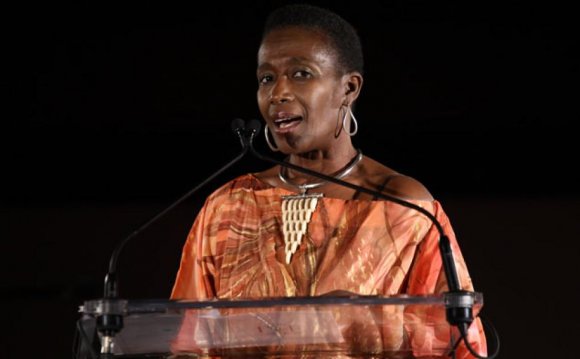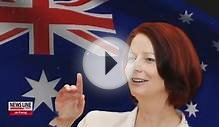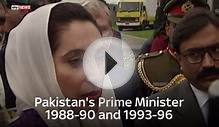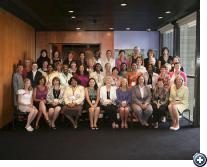
 The World Economic Forum seeks to maximize women’s participation in all its activities, including annual meetings, regional events, Global Agenda Councils and initiatives, drawing from a pool of the highest-level women leaders in business, politics, academia, media and civil society. The Forum has established a strong record of increasing gender diversity in its activities.
The World Economic Forum seeks to maximize women’s participation in all its activities, including annual meetings, regional events, Global Agenda Councils and initiatives, drawing from a pool of the highest-level women leaders in business, politics, academia, media and civil society. The Forum has established a strong record of increasing gender diversity in its activities.
Measuring and Monitoring Gender Gaps
The Programme monitors the progress of countries through benchmarking tools that measure global and regional gender gaps. The annual provides a framework for capturing the magnitude of gender disparities around the world and aims to serve as a tool for benchmarking and tracking gender inequality based on economic, political, education and health criteria; the 2015 edition of the report covers over 140 economies.
In addition, the Programme has conducted research with 87 governments to pool information on policies that promote women’s economic integration. This research was presented in the Global Gender Gap Report 2013 and was used this year for further analysis on the case for gender equality and the government policies that facilitate women’s integration into the workforce provides industry-level analysis on the gender gap in the world's largest economies. The report takes an in-depth look into the current size of industry gender gaps, the prognosis for these gaps and the practices that may address them.
Collaboration to Close Gender Gaps: Gender Parity Task Forces
The Programme has launched four Gender Parity Task Forces – three-year, country-level multistakeholder collaboration committed to identifying and implementing concrete measures for closing the economic gender gap by 10% at the local level. Mexico, Turkey, Japan and the Republic of Korea have been selected as pilot countries to demonstrate country-level success on closing economic gender gaps.
Engaging Leaders and Experts to Close the Gender Gap
The Programme engages leaders from business, government, civil society, academia and media to combine existing knowledge on best practices to generate innovative approaches to closing the global gender gap.
The Programme has two types of associated communities:
The Programme’s Global Advisory Board sets the strategic direction of the Programme and comprises community partners and non-business constituents.The Global Gender Parity Group is a multistakeholder community of highly influential and committed leaders – 50% women and 50% men – who have pledged personal and organizational commitments towards gender parity. The Women Leaders Community consists of high-level women leaders drawn from various stakeholder groups participating in World Economic Forum events.
The Global Agenda Council on Gender Parity is composed of globally recognized experts and brings together cutting-edge research from business, government, civil society and leading universities on closing gender gaps. The 2014-2016 Council will provide thought leadership and conceptual support for the Programme’s industry-focused work. As part of the effort to understand industry gender gaps, the Programme will consult with heads of diversity and human resources.
RELATED VIDEO











